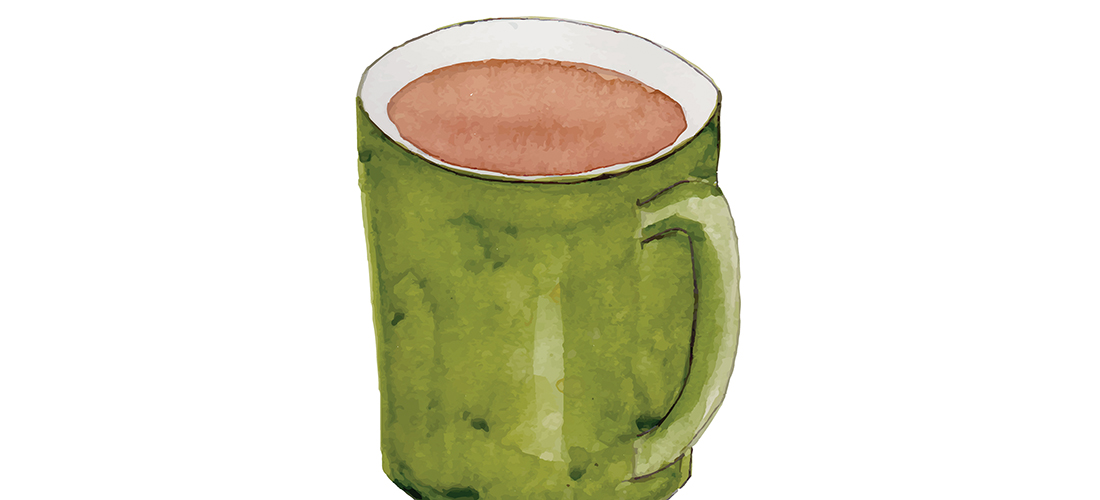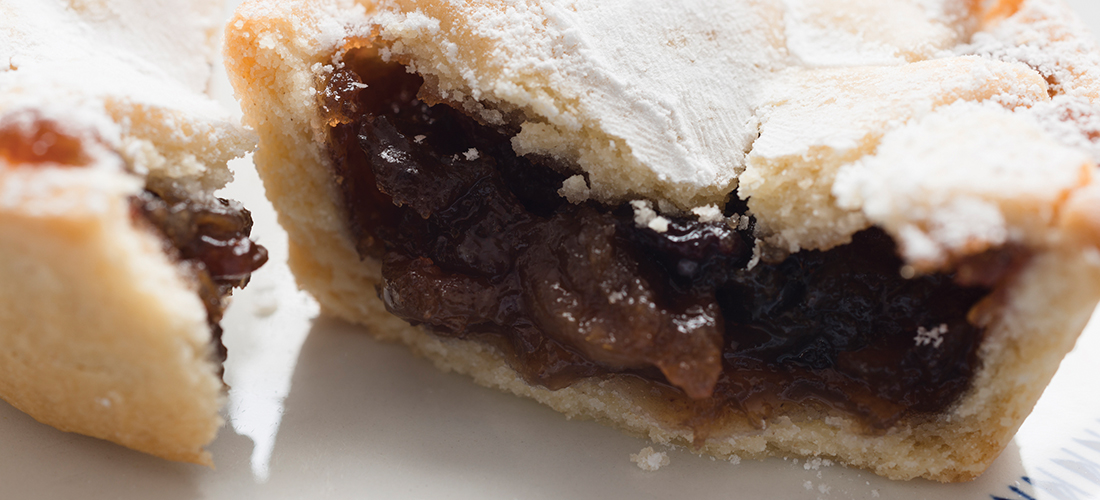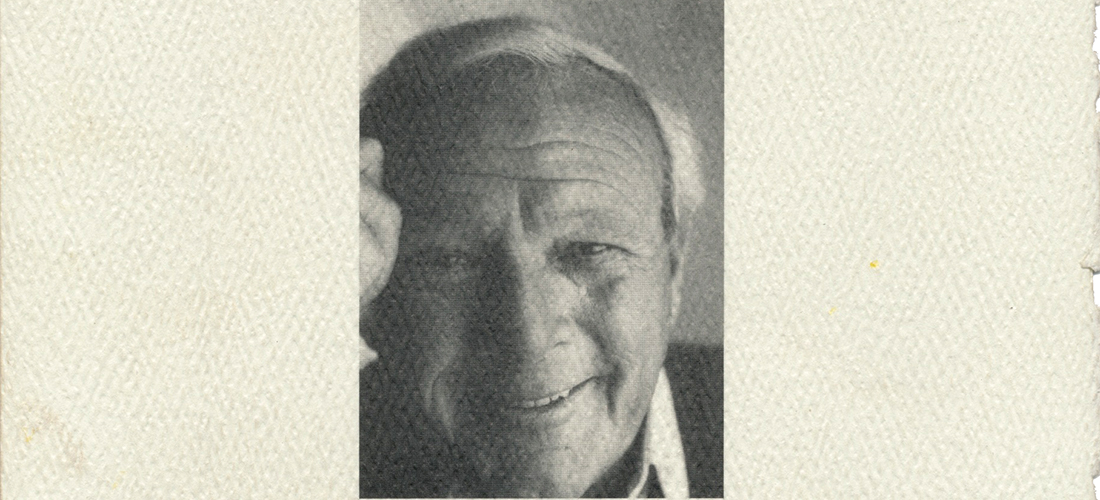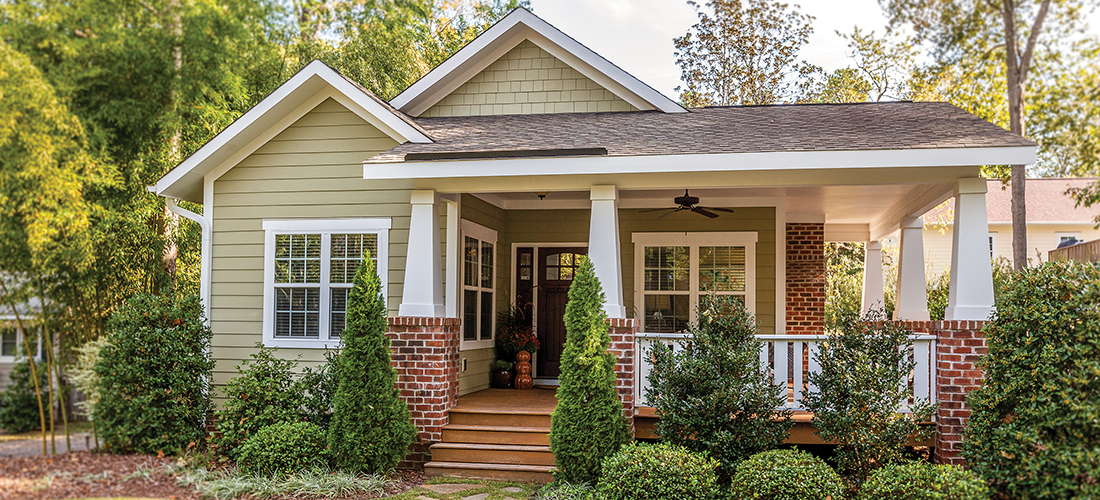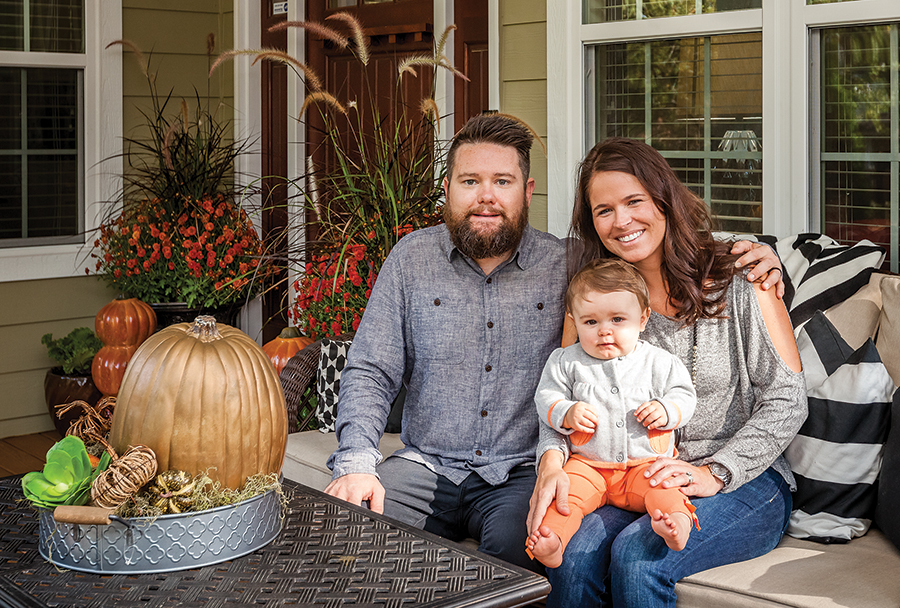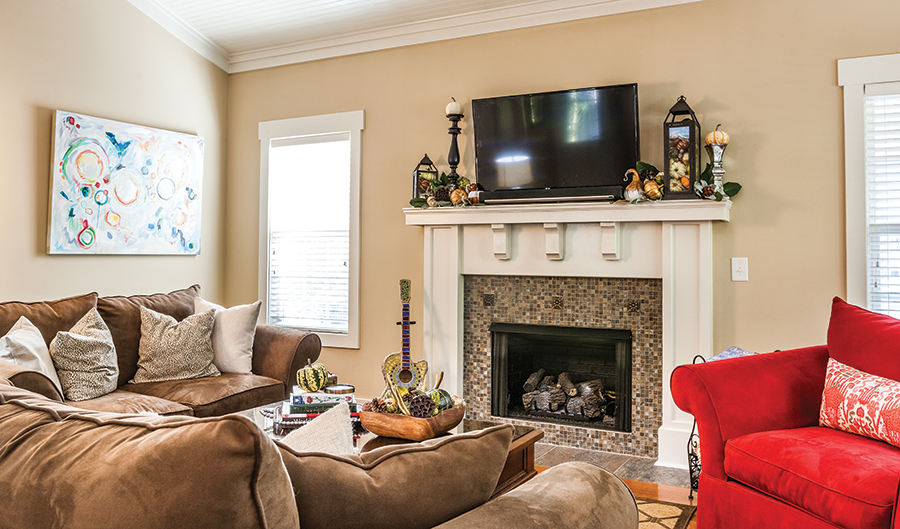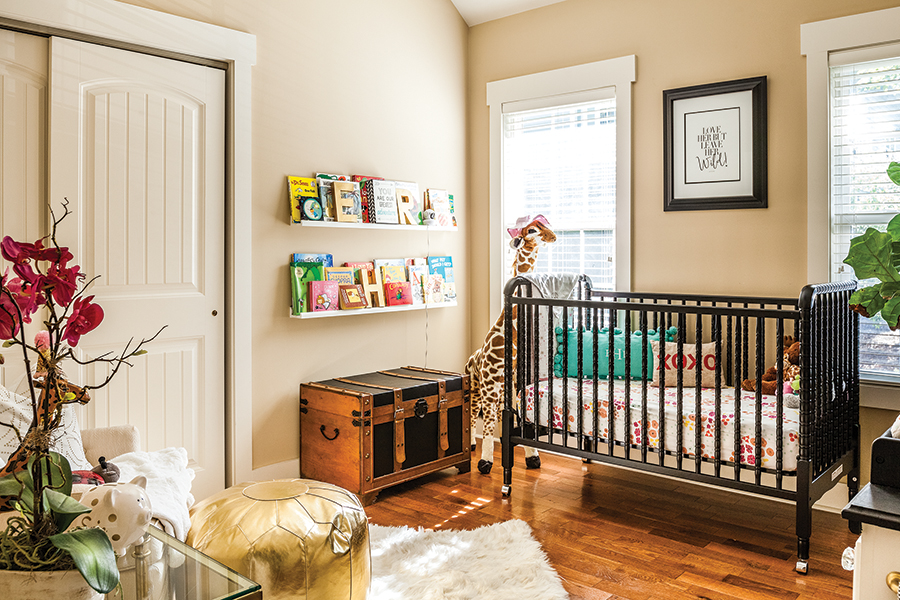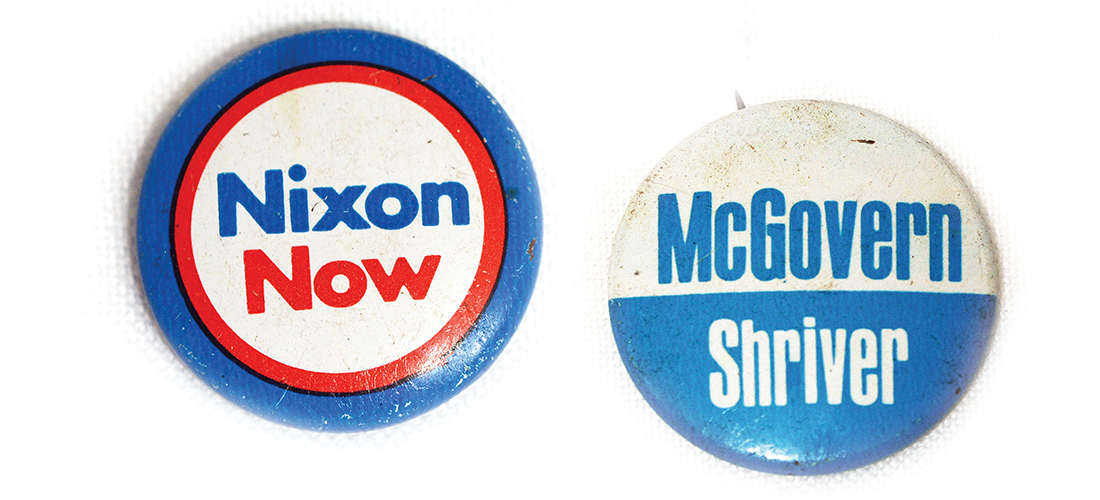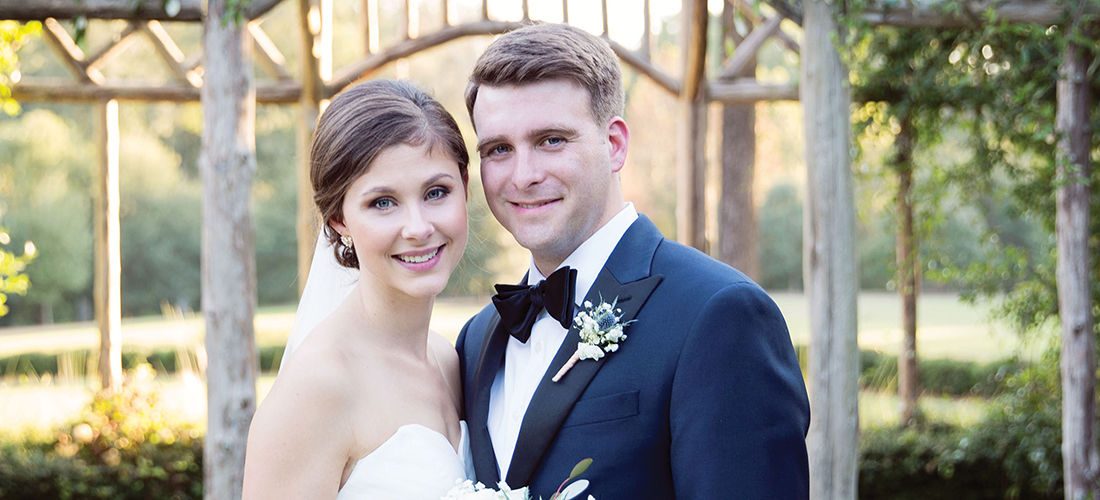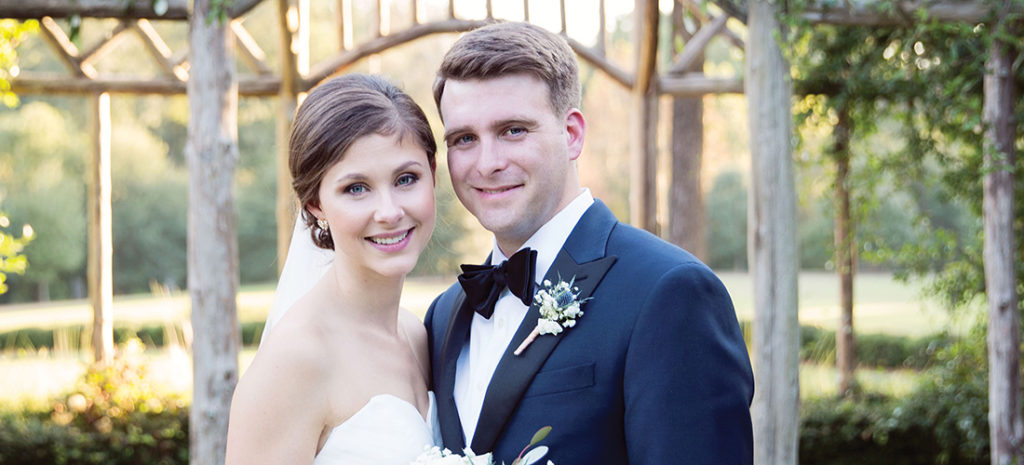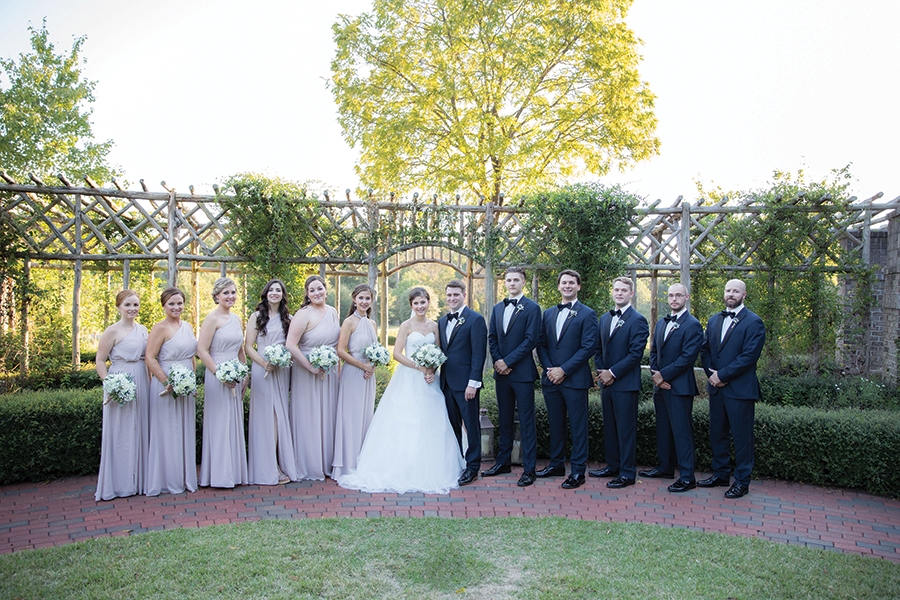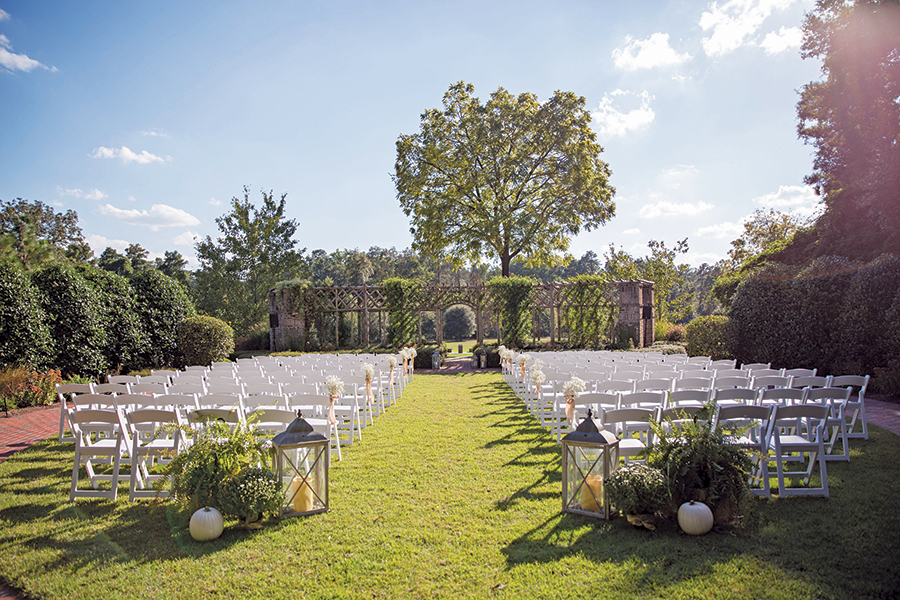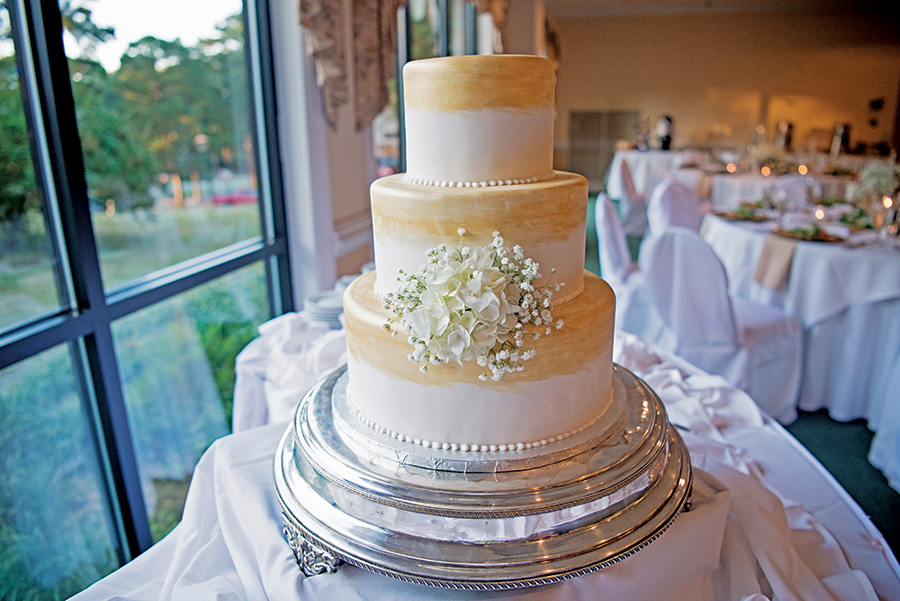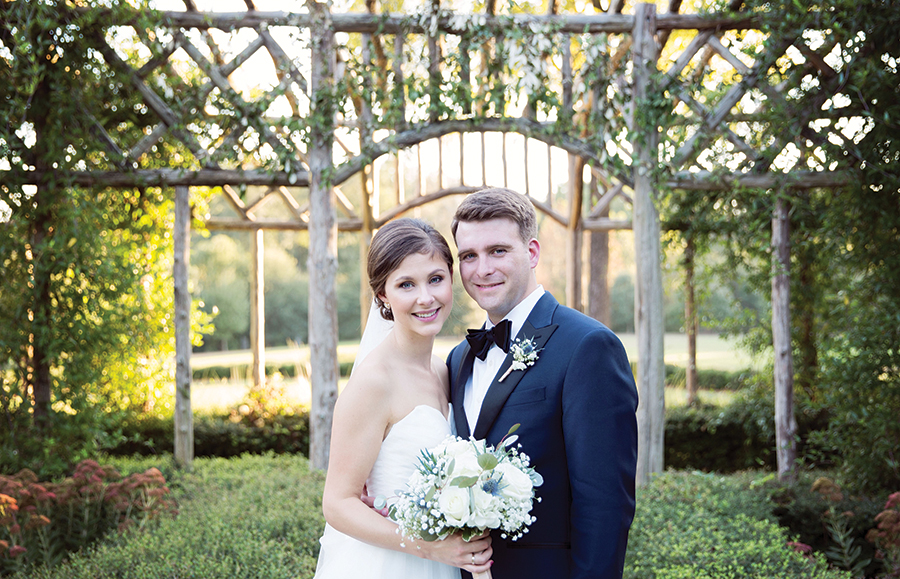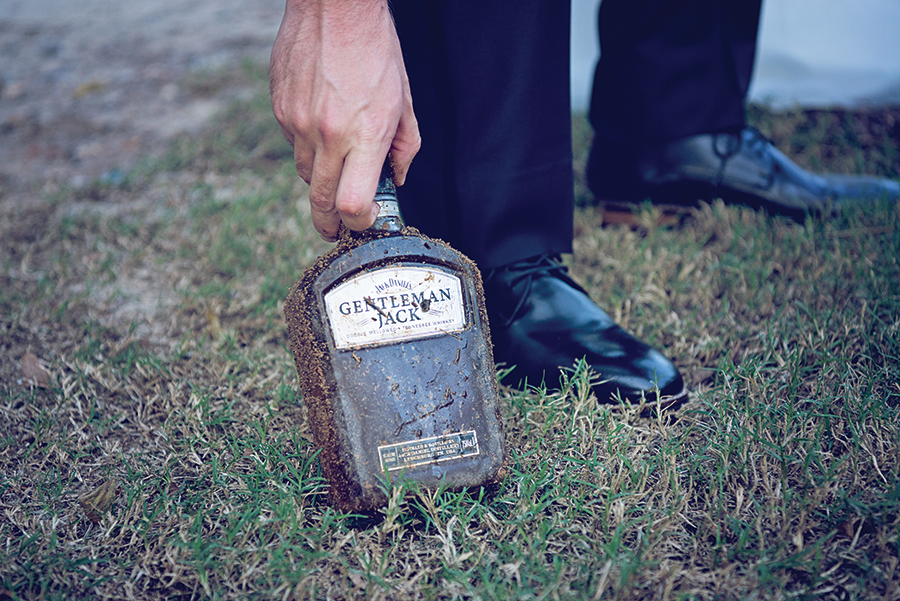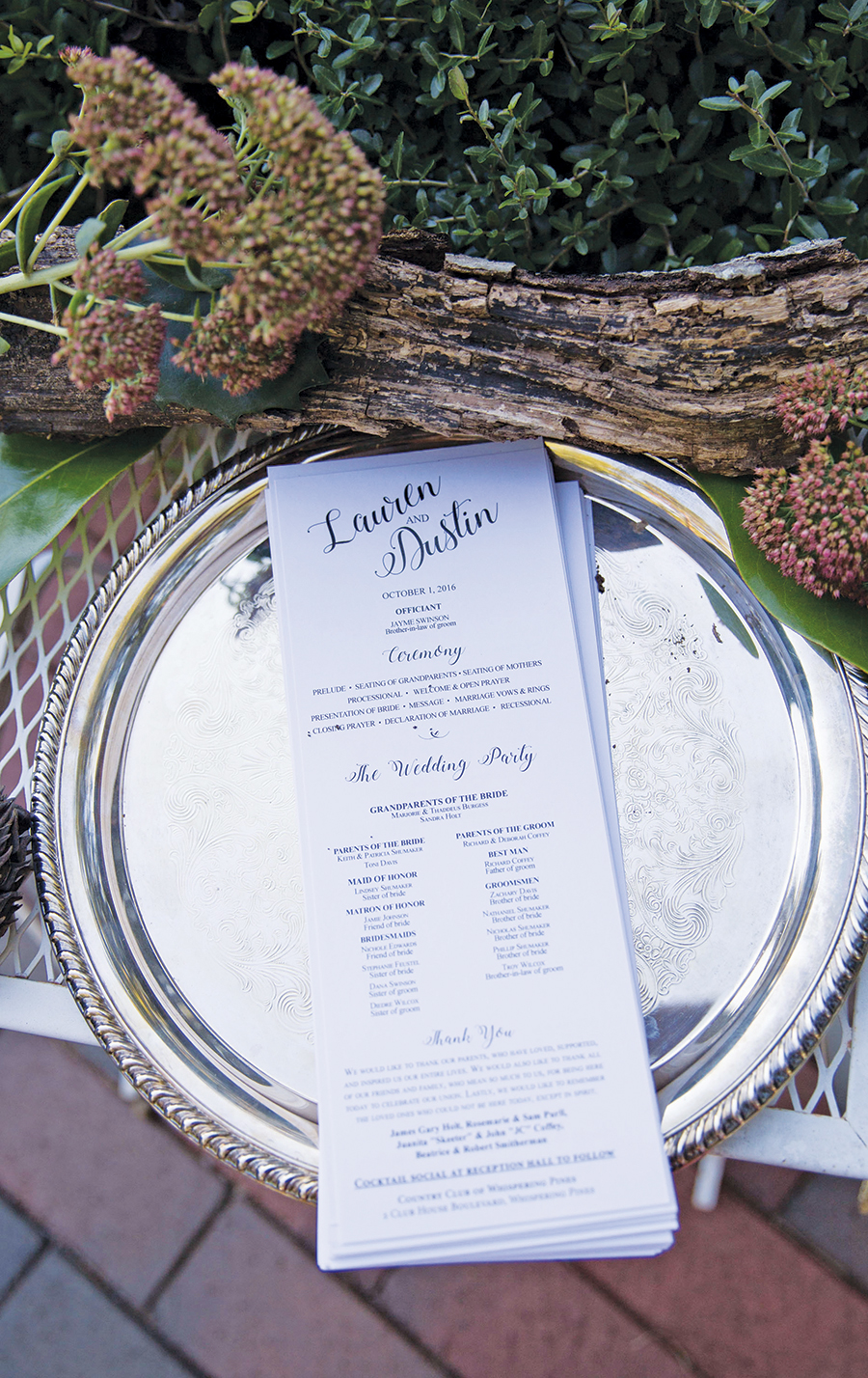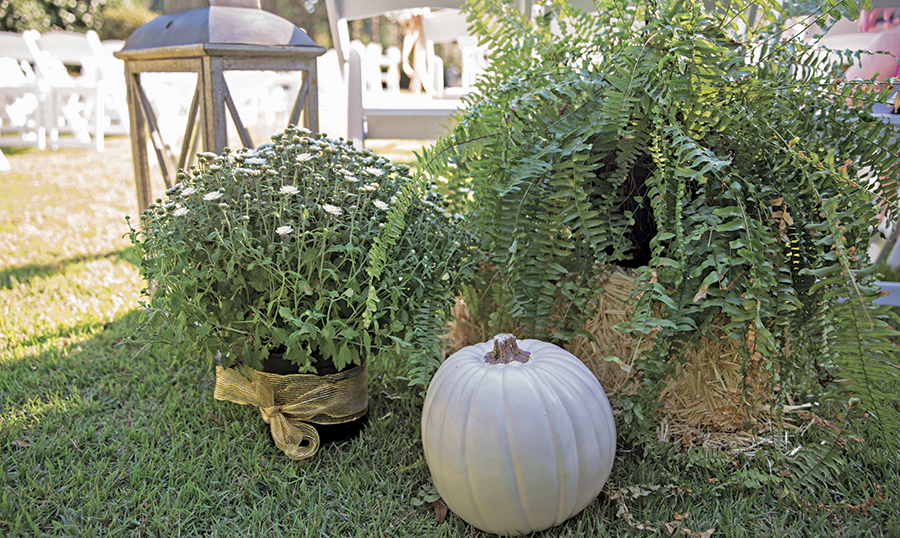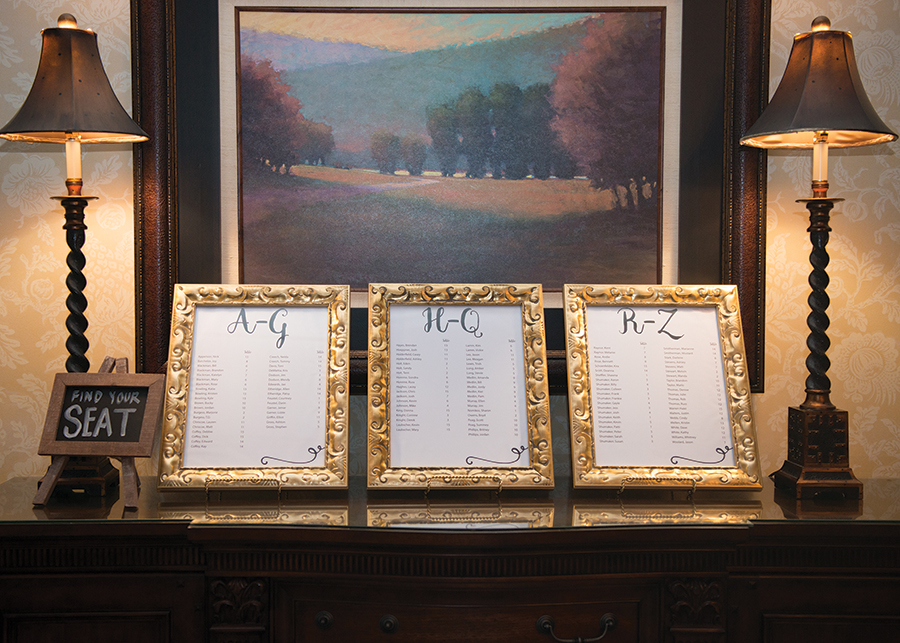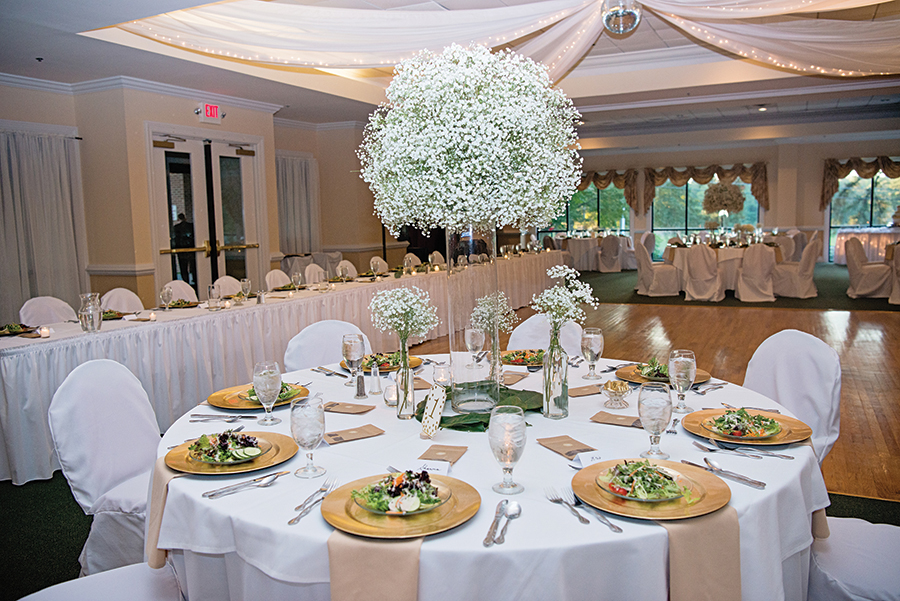Coffee on the porch turns into long gowns and tuxedos
By Tom Bryant
“Bryant?”
“Yeah?”
“I’ve got a great idea.”
“Coleman, every time you get a great idea, I either get in a lot o’ trouble or it costs me a lot o’ money.”
We were kicked back on the porch at the Wildlife Club after a great morning jump-shooting ducks on the Haw River. It was a classic kind of hunt. Everything came together at just the right time. The water on the river was at a good level, with the current flowing fast enough to keep us on our toes but still a leisurely speed enabling us to enjoy our surroundings. And what surroundings they were. Hickory trees were decked out in all their yellow glory backed up by golden-leafed oaks. Bright green-colored cedars added a perfect backdrop, providing a classic early morning fall picture, something that you only see if you’re lucky, or sometimes in sporting magazines.
It’s a classic way to duck hunt, jump-shooting from a canoe. We put the boat in at the mill dam in Saxapahaw, and using an electric kicker, motored upstream to the confluence of the river and a little creek at Swepsonville. We then floated slowly downstream, hunting as we drifted along.
Wood ducks like to swim close to the shore dabbling for fallen acorns or berries that grow near the bank. They silently float under overhanging alders and when disturbed will burst from their feeding space like a covey of quail. The sport, in hunting out of a tipsy canoe, is not to flip over when the duck zips out from under the alders. It’s almost like shooting from a skateboard. One wrong turn and a hunter can hit the drink. Poor form, especially when the temperature is hovering around 40 degrees and the truck is a couple of miles away.
Usually when I’m jump-shooting, I’m all by my lonesome. I’ll only get in a canoe with another hunter if his experience in paddling a boat and his competence with a shotgun is as good or better than mine. You don’t get second chances with a shotgun or a fast flowing river. With Dick Coleman, I had the best of both worlds, a superb canoer and a magnificent gun handler. I’ve marveled more than once at some impossible shots he made in the field. I definitely wouldn’t tell him that, though. We’ve been friendly competitors since our early days, when we became close friends.
With two hunters jump-shooting from a canoe, there are a couple of very important rules — number one, and the most critical, only one shooter at a time. Number two, silence is more than golden, it can be the difference in a successful duck hunt or just a float down the river.
On this trip, Coleman was to be the first shooter. We cut a few branches from a cedar tree and rigged them to overhang the bow of the boat. My canoe was camouflaged anyway, but the cedar would provide a little more cover. We wanted to look like a tree floating downstream.
On the first flush, Dick got his limit of two wood ducks, a hen and a drake. He made a great double, getting both ducks as they were crossing left to right. They actually jumped from the left bank and crossed right in front of the canoe. That’s the fun in jump-shooting; a gunner never knows where they’ll come from. We rapidly picked up the floating ducks and made it to the bank to change over, Dick now in the stern and me in the bow.
I got my limit with a couple of singles, two wood duck drakes, the last one right at the take-out where we had left the Bronco.
It was too early in the season to try again for mallards; and since we had our limit of wood ducks, we picked up and decided to head to the Wildlife Club and a pot of good coffee.
Dick Coleman, gone too soon, was an amazing individual. I met him early in my settled-down life. I was just out of the service, back in college and married to a beautiful, smart young brunette. I had a part-time job at the local newspaper, and Coleman was busy managing one of his family’s men’s specialty stores. We were friends right off the bat, especially when we found out about our service in the Marines. Dick was at Parris Island about three months after I left the basic training camp, and he coincidently was in the First Battalion and had the same drill instructors. We could really commiserate with one another, and we became fast friends.
Dick got up from his chair to get another cup of coffee. “You want to hear my great idea or what?”
“I hope it’s not like the last great idea that almost got us killed on the same river we got those ducks this morning.”
“Nope, this one’s more sedate, and that river trip last spring was as much your doing as mine.” The trip he was talking about was one we made after careful planning: float the Haw to the Cape Fear River, then to Wilmington and the Atlantic Ocean. A great plan, but with one problem: When we put the canoes in at Saxapahaw the Haw River was at flood stage, and quickly chewed us up and spit us out. On that adventure we learned a valuable lesson about white-water paddling and surviving an angry river.
“Christmas is just a few weeks away. What if we get Vernon and Lasly and the girls, and have a fantastic Christmas game dinner. We’ve got plenty of game. I know you’ve got lots of doves and ducks in your freezer; so have I. Vernon’s got a few pheasants. I think Lasly has some venison somebody gave him, and we could get together the fixin’s with no problem. It would be simple.”
“And where do you plan on having this little cookout? That close to Christmas, I know the ladies would pitch a fit if we suggested having it at one of our houses.”
“No, man. Right here. We’ll have the feast right here at the Wildlife Club.”
“Dick, this place is just a little better than a warehouse. I mean, look at it. It’s all right for a bunch of guys, but to bring Lida and Linda and Vicky and Libby? Man, they would have us scrubbing this place before they’d set foot in it.”
“You’re the writer. Where’s your imagination? We’ll make it a black-tie affair. You know, not a whole lot o’ light, we’ll use candles, white tablecloths, a blazing fire in the fireplace. We’ll decorate, we’ll have a Christmas tree, we can cut one of those cedars up by the skeet range, and holly, there’s plenty of that next to the pond, full of berries. We’ll send fancy invitations to the girls and make it a real dress-up shindig.”
Believe it or not, it all came together the Saturday before Christmas. The ladies came dressed to the nines in long gowns that would be more suitable at the country club than out in the woods at a sportsmen’s simple clubhouse, and the guys cleaned up a lot, sporting tuxedos. It was quite an affair, and turned into the first annual game dinner that I would continue for the next 35 years. It was one of Coleman’s better ideas. PS
Tom Bryant, a Southern Pines resident,p is a lifelong outdoorsman and PineStraw’s Sporting Life columnist.

